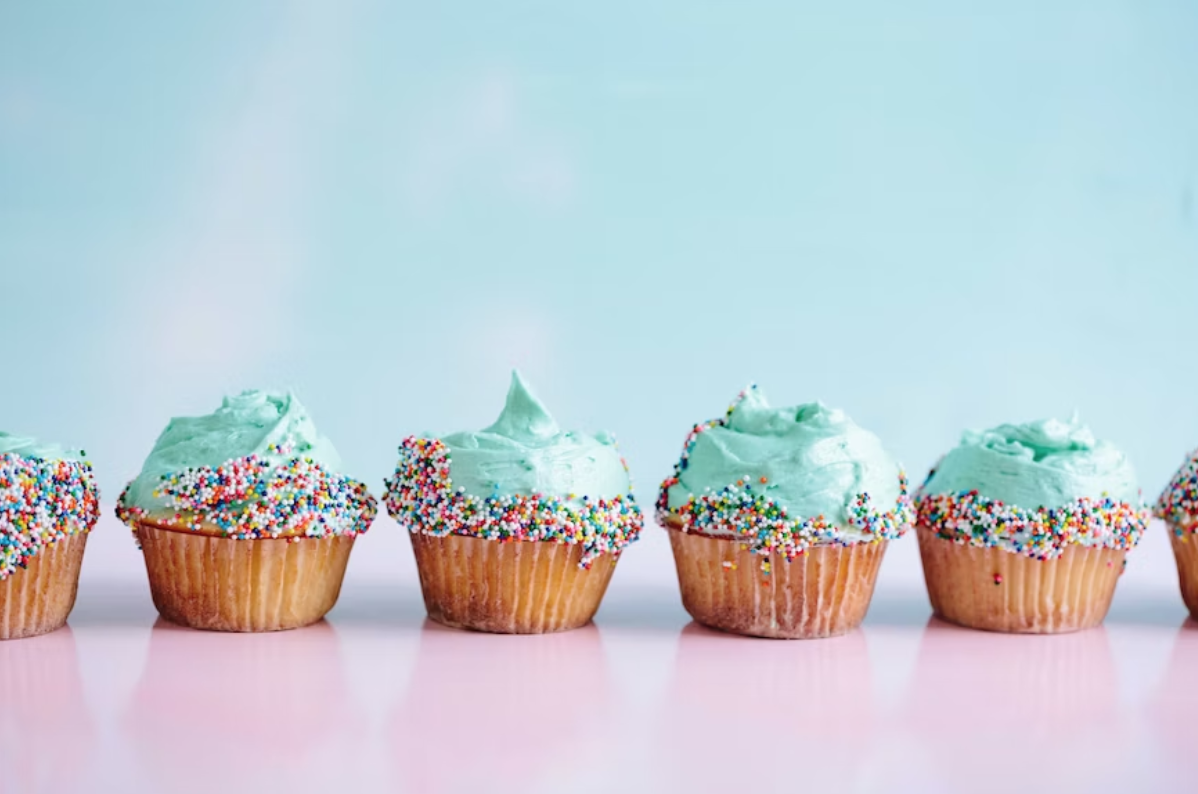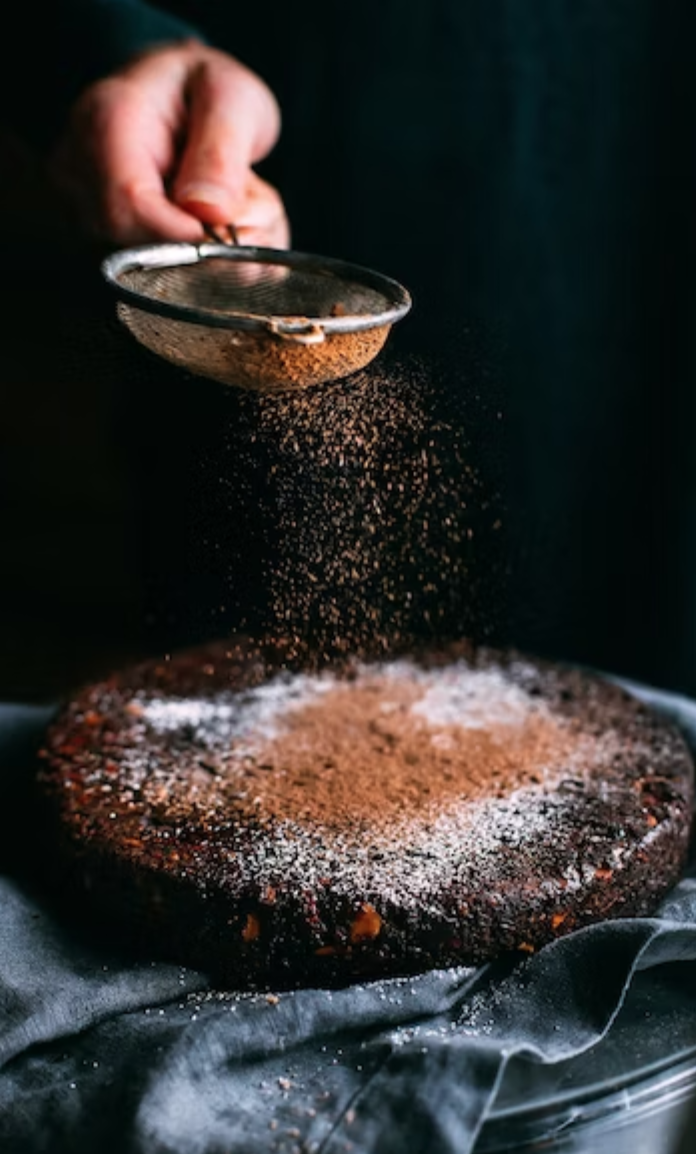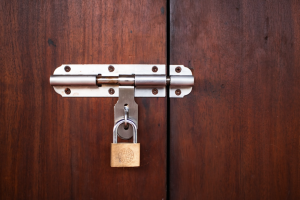What's the Secret to Fluffy Cakes? Baking Techniques to Try

There's something irresistible about biting into a perfectly fluffy, melt-in-your-mouth cake. Whether it's a classic vanilla sponge or a rich chocolate indulgence, achieving that light and airy texture can be a challenge for many home bakers. However, with the right techniques and a bit of know-how, you can unlock the secret to creating fluffy cakes that will impress your friends and family. In this article, we'll explore a few key baking techniques that are sure to elevate your cake game to new heights.
Proper Mixing Techniques:
One of the fundamental steps in cake baking is mixing the ingredients correctly. The way you mix the batter can greatly affect the texture of the final product. Overmixing can result in a dense and tough cake, while undermixing may cause uneven distribution of ingredients, leading to pockets of air or lumps.
To achieve a fluffy cake, start by ensuring all your ingredients are at room temperature. This allows them to blend together more easily. Begin by creaming the butter and sugar until light and fluffy. This step helps incorporate air into the batter, which contributes to a lighter texture. Gradually add the eggs, one at a time, mixing well after each addition. Finally, alternate adding the dry ingredients and liquid (such as milk or buttermilk), beginning and ending with the dry ingredients. Mix until just combined, being careful not to overmix. This will result in a tender and fluffy cake.
Keep in mind that in today's busy world, many bakers turn to premixes as a convenient option for making cakes. These baking premixes typically contain the dry ingredients pre-measured and mixed together, requiring you to add only the wet ingredients. To enhance the fluffiness of cakes made from premixes, you can still incorporate some of the proper mixing techniques mentioned earlier.
The Importance of Leavening Agents:
Leavening agents, such as baking powder and baking soda, play a crucial role in making cakes rise and achieve a fluffy texture. These agents produce carbon dioxide gas when combined with liquid and heat, creating air pockets that lighten the batter. However, it's important to understand the proper usage of leavening agents to avoid any mishaps.
First, always check the expiration dates on your baking powder and baking soda. Old or expired leavening agents may not work effectively, resulting in a dense cake. Additionally, make sure to measure them accurately. Too much baking powder or baking soda can cause the cake to rise too quickly and then collapse, while too little can result in a flat and dense cake. Follow the recipe's instructions carefully and use the recommended amount of leavening agents for the best results. Remember to sift the dry ingredients to ensure even distribution of the leavening agents throughout the batter.
Techniques for Proper Cake Baking:
The baking process itself plays a vital role in achieving a fluffy cake. Proper temperature and timing are crucial factors that determine the texture and moisture level of the cake. Here are some techniques to keep in mind:
- Preheat the oven before you start preparing the batter. This ensures that the cake bakes evenly and rises properly. Place the cake on the center rack of the oven for consistent heat distribution.
- Avoid opening the oven door during the first half of the baking time, as this can cause the cake to collapse. Only check for doneness when the minimum recommended baking time has elapsed.
- To test if the cake is fully baked, insert a toothpick or cake tester into the center. If it comes out clean or with a few moist crumbs, the cake is ready. Overbaking can result in a dry and dense texture, so be careful not to leave the cake in the oven for too long.

Achieving Fluffy Cakes with Proper Cooling and Storage:
Once your cake is perfectly baked, there are a few more steps to ensure it remains fluffy and delicious. Proper cooling and storage techniques can make a significant difference in maintaining the desired texture.
Cooling the cake properly is crucial. Allow the cake to cool in the pan for about 10 to 15 minutes before transferring it to a wire rack. This allows the structure of the cake to set slightly and prevents it from collapsing. Once on the wire rack, let the cake cool completely to room temperature before frosting or storing. Rushing the cooling process can trap steam inside the cake, resulting in a gummy texture.
When it comes to storing your fluffy cake, it's important to protect it from moisture loss and potential drying out. If you plan to frost the cake immediately, cover it with a clean kitchen towel or plastic wrap to prevent a dry crust from forming. However, if you're not frosting it right away, consider wrapping it tightly in plastic wrap or placing it in an airtight container to preserve its moisture. You can also add a slice of bread or a damp paper towel to the storage container to help retain moisture.
By following these techniques for proper mixing, understanding leavening agents, and implementing effective cooling and storage practices, you can unlock the secret to fluffy cakes that will delight your taste buds and impress your guests. Experiment with different recipes, flavors, and decorations, and enjoy the satisfaction of creating delectable, light, and airy cakes that are truly a treat for all.






